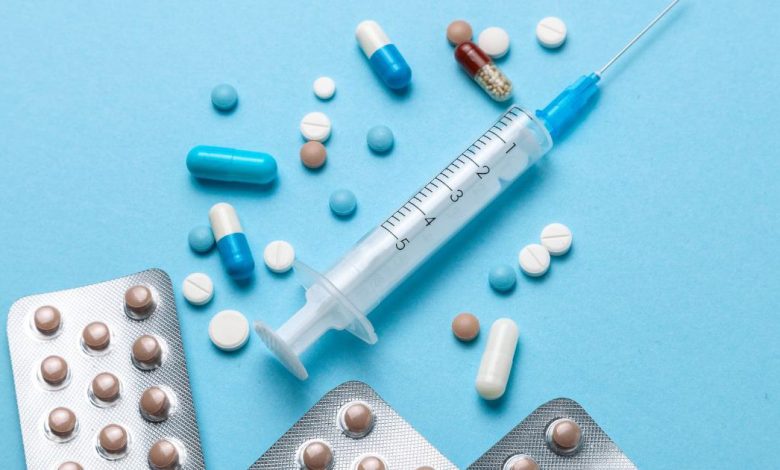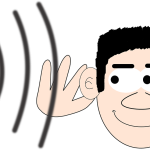Medications That Help With Piriformis Syndrome

Buttock pain can greatly affect both sleeping and seating. When you sit down, your buttocks bear most of your weight, which can exacerbate any pain or discomfort you may be experiencing. This can make it difficult to find a comfortable position and may cause you to shift around frequently in search of relief.
Additionally, when you lie down to sleep, the pressure on your buttocks can increase, particularly if you sleep on your back or your side. This can make it difficult to fall asleep and can cause you to wake up frequently throughout the night. Over time, lack of sleep can lead to fatigue, irritability, and a host of other health issues.
Buttock pain can also affect your mobility, making it difficult to perform daily tasks such as bending, standing, and walking. If left untreated, this can lead to a decrease in overall physical activity, which can have negative effects on your physical and mental health.
What is Piriformis Syndrome?
Piriformis syndrome is a condition in which the piriformis muscle, which is located in the buttock region, becomes tight, inflamed, or irritated and compresses the sciatic nerve. This can cause pain, numbness, and tingling in the buttocks and down the leg.
The history of piriformis syndrome can be traced back to the late 19th century when a French neurologist named Jean-Martin Charcot first described the symptoms of sciatica. However, it was not until the 1940s that the role of the piriformis muscle in causing sciatic nerve pain was recognized.
The term “piriformis syndrome” was coined in 1947 by Dr. Yeoman, who observed that patients with buttock pain and sciatica often had a tight or inflamed piriformis muscle. Since then, the condition has been studied extensively, and various treatment options have been developed.
Piriformis syndrome can be caused by a variety of factors, including overuse or strain of the muscle, injury or trauma to the buttock region, sitting for long periods of time, or anatomical abnormalities that affect the position or movement of the muscle. It is more common in women than in men and is often seen in athletes who engage in activities that involve repetitive or prolonged use of the buttock muscles, such as running or cycling.
Diagnosis of piriformis syndrome can be challenging because its symptoms can be similar to those of other conditions, such as a herniated disc or spinal stenosis. However, imaging tests, such as MRI or CT scans, can be used to rule out these conditions, and a physical examination can help to identify signs of muscle tightness or inflammation.
Treatment for piriformis syndrome typically involves a combination of rest, physical therapy, and pain management. Stretching exercises, massage, and anti-inflammatory medications may be recommended to reduce inflammation and relieve pain. In severe cases, surgery may be necessary to release the pressure on the sciatic nerve.
Medications That Help With Piriformis Syndrome
There are several medications that can be used to help manage the symptoms of piriformis syndrome. Here are 10 medications that are commonly used:
1. Nonsteroidal anti-inflammatory drugs (NSAIDs): NSAIDs are a group of medications that help to reduce inflammation and relieve pain. They work by blocking the production of prostaglandins, which are chemicals that cause pain and inflammation. Common NSAIDs include ibuprofen, naproxen, and aspirin.
2. Muscle relaxants: Muscle relaxants help to relax muscles and reduce muscle spasms. They can be used to treat muscle pain, stiffness, and spasticity. Common muscle relaxants include cyclobenzaprine, baclofen, and tizanidine.
3. Neuropathic pain medications: Neuropathic pain medications are used to treat pain that is caused by nerve damage or compression. These medications work by affecting the way that the nervous system processes pain signals. Common neuropathic pain medications include gabapentin and pregabalin.
4. Topical analgesics: Topical analgesics are medications that are applied directly to the skin to provide localized pain relief. They can be used to treat a variety of conditions, including piriformis syndrome. Common topical analgesics include lidocaine patches or creams.
5. Corticosteroids: Corticosteroids are a type of medication that help to reduce inflammation and relieve pain. They work by suppressing the immune system and reducing the production of inflammatory chemicals. Corticosteroid injections are commonly used to treat piriformis syndrome. The injection is typically given directly into the piriformis muscle.
6. Botox injections: Botulinum toxin (Botox) injections are a type of medication that help to reduce muscle spasms and relieve pain. Botox works by blocking the release of acetylcholine, a chemical that stimulates muscle contractions. The injection is typically given directly into the piriformis muscle.
7. Tricyclic antidepressants: Tricyclic antidepressants are a type of medication that are commonly used to treat depression. However, they can also be used to treat pain, particularly neuropathic pain. Tricyclic antidepressants work by increasing the levels of certain neurotransmitters in the brain, which can help to reduce pain and improve sleep. Common tricyclic antidepressants include amitriptyline and nortriptyline.
8. Anti-seizure medications: Anti-seizure medications, such as carbamazepine and oxcarbazepine, can also be used to treat neuropathic pain. These medications work by blocking the activity of certain nerve cells, which can help to reduce pain.
9. Opioids: Opioids are a group of medications that are used to manage severe pain. They work by binding to opioid receptors in the brain and spinal cord, which can help to reduce pain. Opioids should be used with caution due to the risk of addiction and other side effects.
10. Intra-spinal drug delivery: In some cases, medication may be delivered directly into the spinal cord via a pump or injection. This can be an effective way to manage chronic pain that does not respond to other treatments. However, this approach is typically used as a last resort due to the risk of complications.
It is important to note that medications should be used as part of a comprehensive treatment plan for piriformis syndrome, which may also include physical therapy, stretching exercises, and lifestyle modifications.
Physical therapy can help to improve strength, flexibility, and range of motion in the affected muscles. Stretching exercises can also be beneficial, as they can help to relieve muscle tension and reduce pain.
Lifestyle modifications may include changes to daily activities or posture. For example, individuals with piriformis syndrome may need to avoid sitting for long periods of time, use proper posture when sitting or standing, and avoid activities that aggravate their symptoms.
It is important to work closely with a healthcare provider to develop an individualized treatment plan for piriformis syndrome. This may involve a combination of medications, physical therapy, and lifestyle modifications. Regular follow-up appointments can help to monitor progress and make adjustments to the treatment plan as needed.





